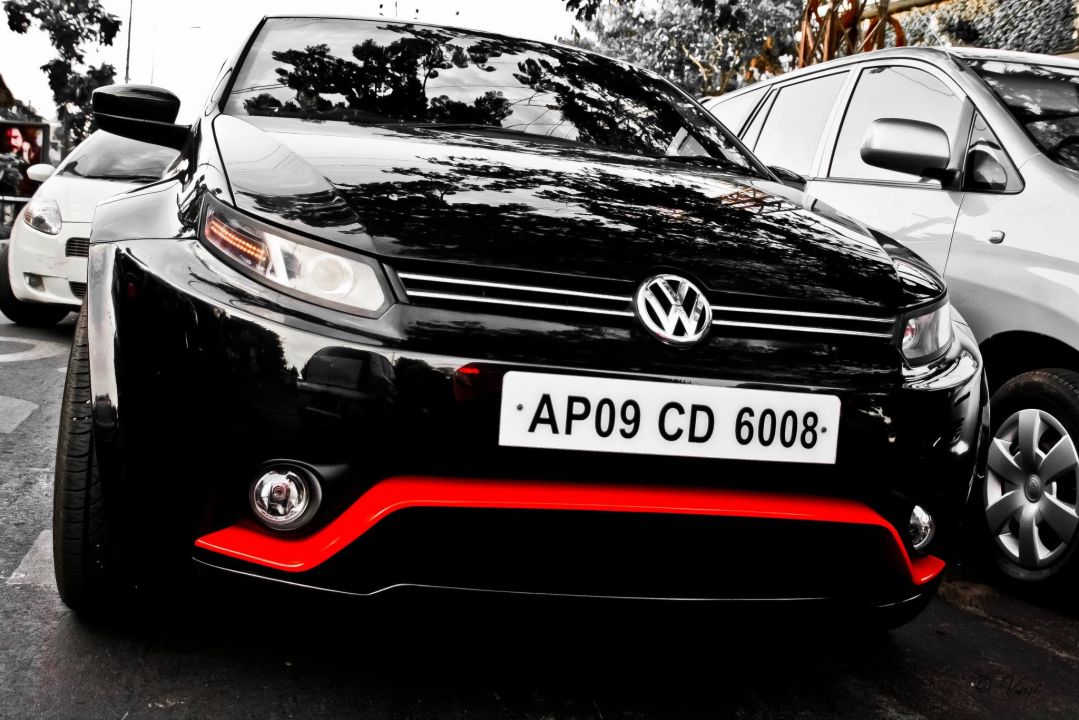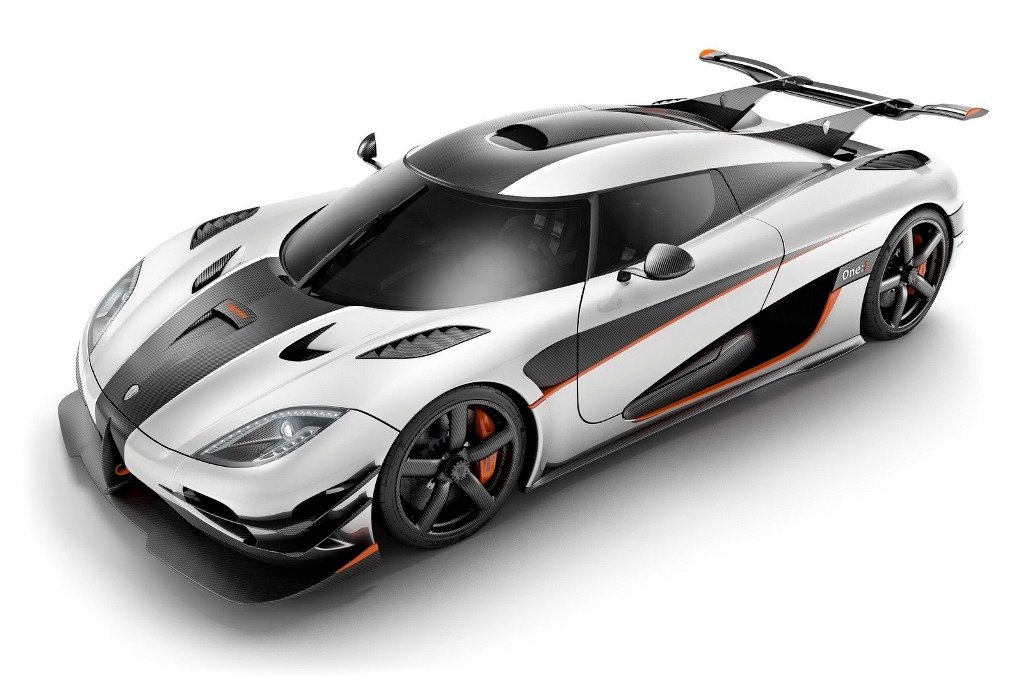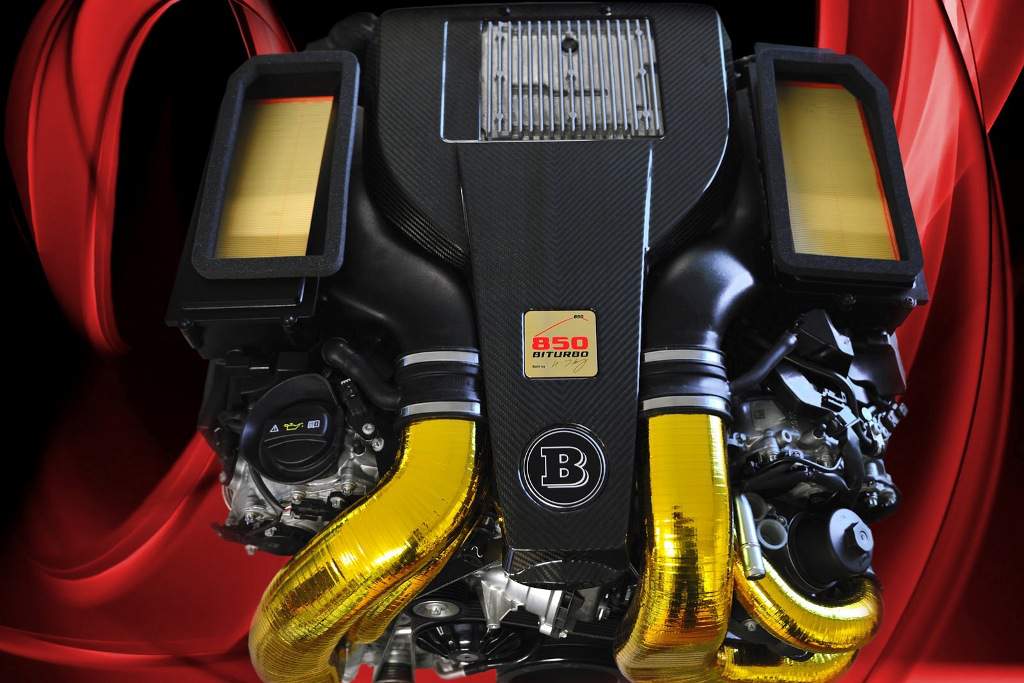Aftermarket options can help you extract the best performance and mileage from your vehicle’s engine. Here are four tips to unlock the secrets behind performance oriented parts.

1) Air Filter – The basic function of an air filter is to purify the air going into the engine from all kind of dust and impurity thereby increasing the reliability of the engine. The difference between a stock air filter and aftermarket performance oriented air filter is the size of the pores of the filter. The size of the pores in aftermarket is much larger than those of the stock one, this facilitates for the free movement of the air into the engine which helps in better combustion and hence better power output. It’s like a sprinter using both his nose and mouth while sprinting to burn extra calories for extra energy. On the contrary, the reliability of engine might decrease marginally in long term. The performance gain through this is around 5-8%.
2) High Lift Cams – The function of a camshaft is to operate inlet and exhaust valves at correct cycles so that in order to facilitate the correct strokes subsequently. The performance of the engine is directly proportional to the volumetric efficiency (VE) of the naturally aspirated engine. And in turn the VE of the engine depends on the cam lift (the distance between valve seat to the maximum travel of valve inside the cylinder and the duration it stays so measured in terms of angle of crankshaft). Basically higher the valve opens and stays at that position, better will be the inflow of air, hence better VE resulting in better performance. It actually increases the rev band of the engine and maximum performance is obtained at higher rev band of the engine. Hence the torque as well as the bottom end performance is weak.
3) Performance Exhaust System – Like a sprinter needs to inhale and exhale freely while sprinting even an engine likes to inhale and exhale without any constriction. A stock exhaust consists of a catalytic converter, muffler and tail pipes to keep Mother Nature and its lovers happy which in turn disappoints the engine. By doing this we are constricting the free flow of exhaust gases due to pressure build up in the whole stock exhaust, this pressure in the exhaust exerts back pressure on piston forcing it to reduce its momentum. This also contaminates the fresh charge of petrol and air which is inducted soon after exhaust stroke thereby reducing the combustion efficiency and hence power.
A basic performance exhaust system has typical individual high performance mufflers from each cylinder instead of a common manifold from all cylinders. Since all pipes are of same length and diameter, the fumes arrive in collection with uniform pressure thus eliminating back pressure and boosting performance. There are several designs of exhaust systems. The performance gain can be in the range of 10 to 20%.
4) ECU Remap – Almost all modern vehicles run on stock electronic chips (ECU) which control various parameters of engine like spark timing, fuel injection, electronic throttle control (drive-by-wire), poppet valve timing, boost control (in turbocharged engines), anti-lock braking system, automatic transmission, ESC and many more. A performance tuned chip focuses on redefining these characters so as to maximise the compromised parameter. For example, if an ECU is remapped to produce better performance, the ignition timing is advanced provided the engine should run on high octane fuel to avoid detonation or knocking. Similarly a chip can be re-programmed to enable higher boost level in a turbocharged engine. A poorly tuned ECU can result in decreased performance or can cause engine damage. But this is considered to be the easiest, reliable, practical and effective way to increase performance as the programme needs to be jus upgraded or edited.
There are just four tips, more to come in part 2.




